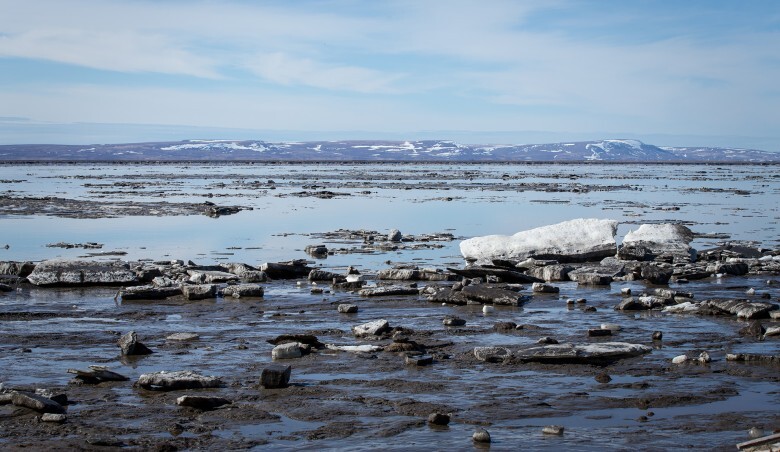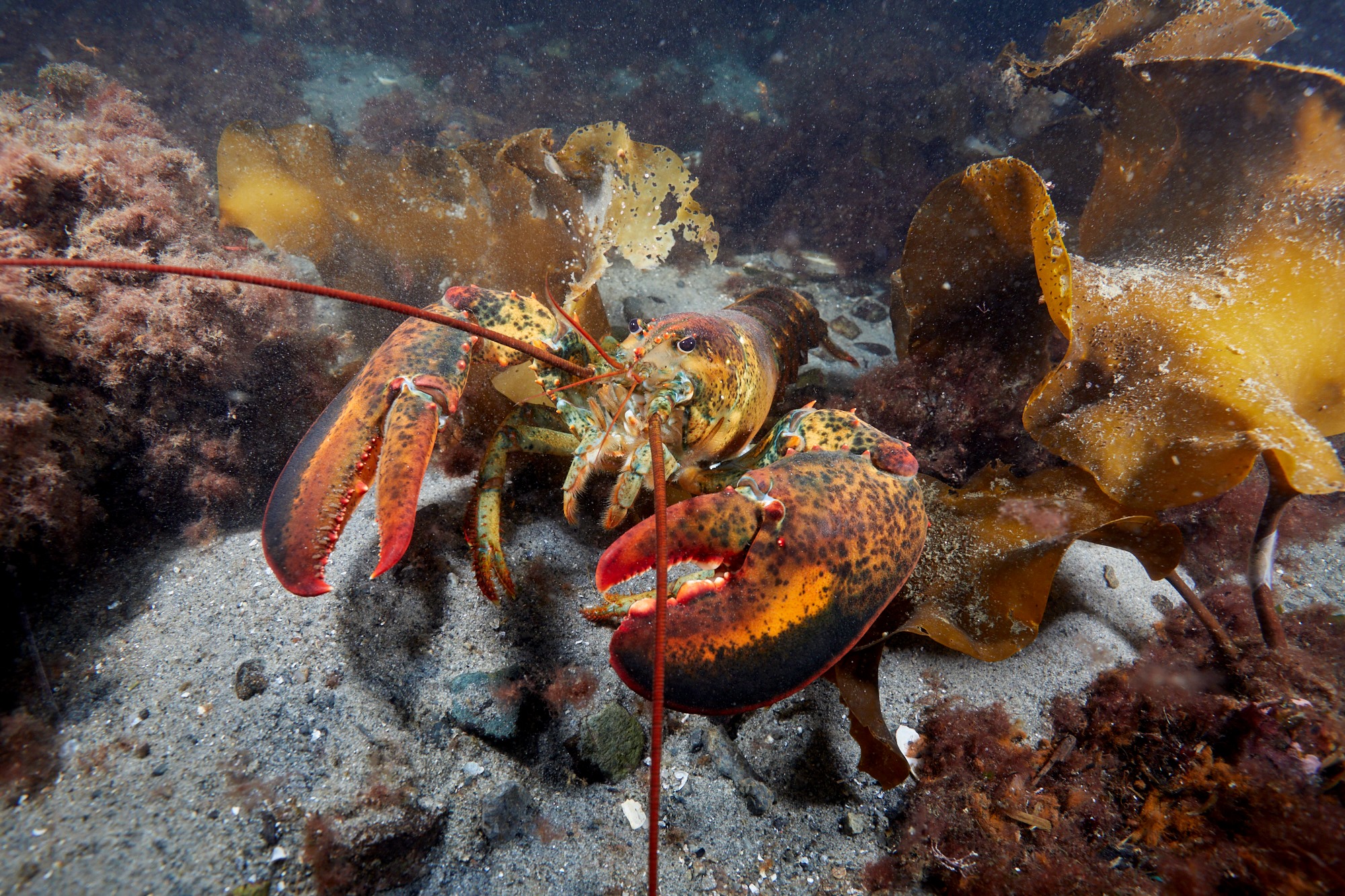How is global warming influencing the climate in Hawai‘i? The purpose of this briefing sheet is to
describe what is known in answer to this question as published in peer-reviewed scientific journals and
in government reports and websites. Hawai‘i’s climate is changing in ways that are consistent with the
influence of global warming.
In Hawai‘i:
• Air temperature has risen;
• Rainfall and stream flow have decreased;
• Rain intensity has increased;
• Sea level and sea surface temperatures have increased; and,
• The ocean is acidifying.
Because these trends are likely to continue, scientists anticipate growing impacts to Hawai‘i’s water
resources and forests, coastal communities, and marine ecology. There is a significant need for sustained
and enhanced climate monitoring and assessment activities in Hawai‘i; and a compelling requirement
for focused research to produce models of future climate changes and impacts in Hawai‘i.


